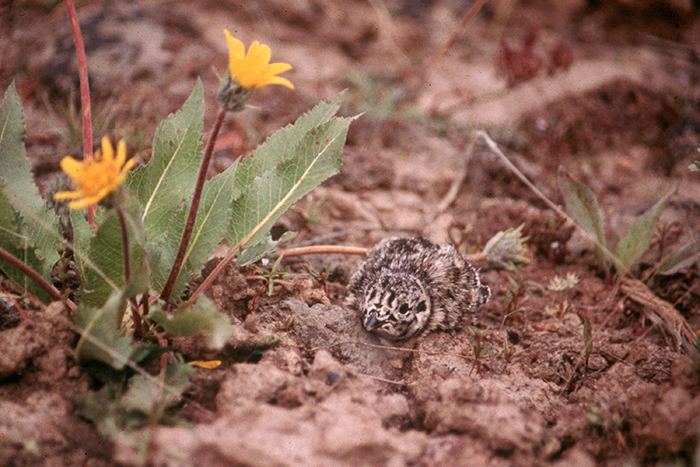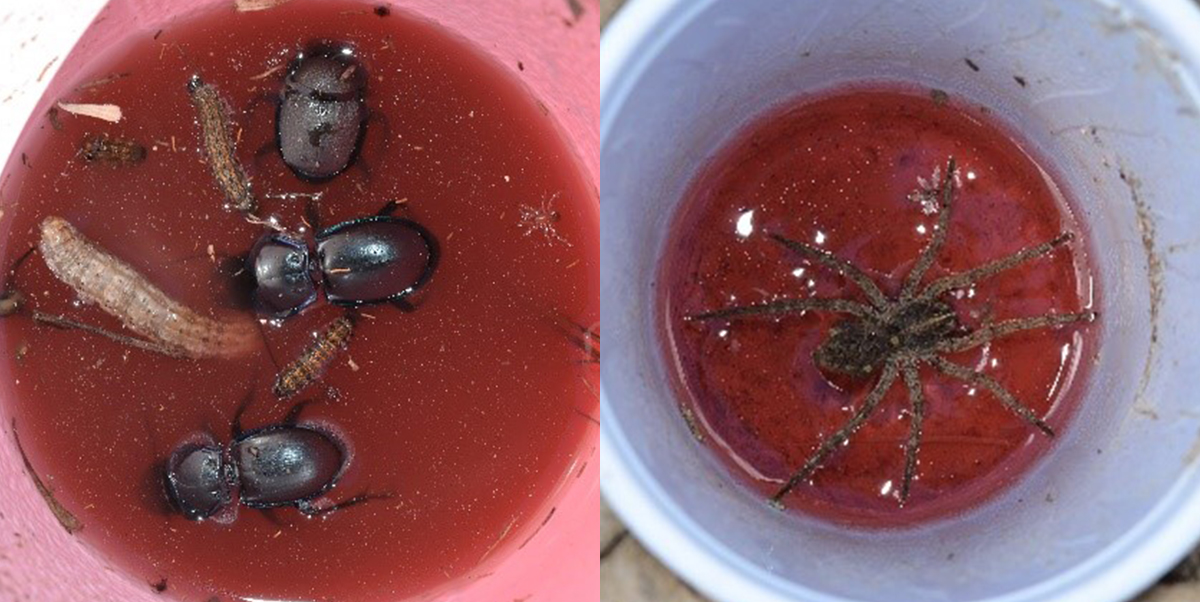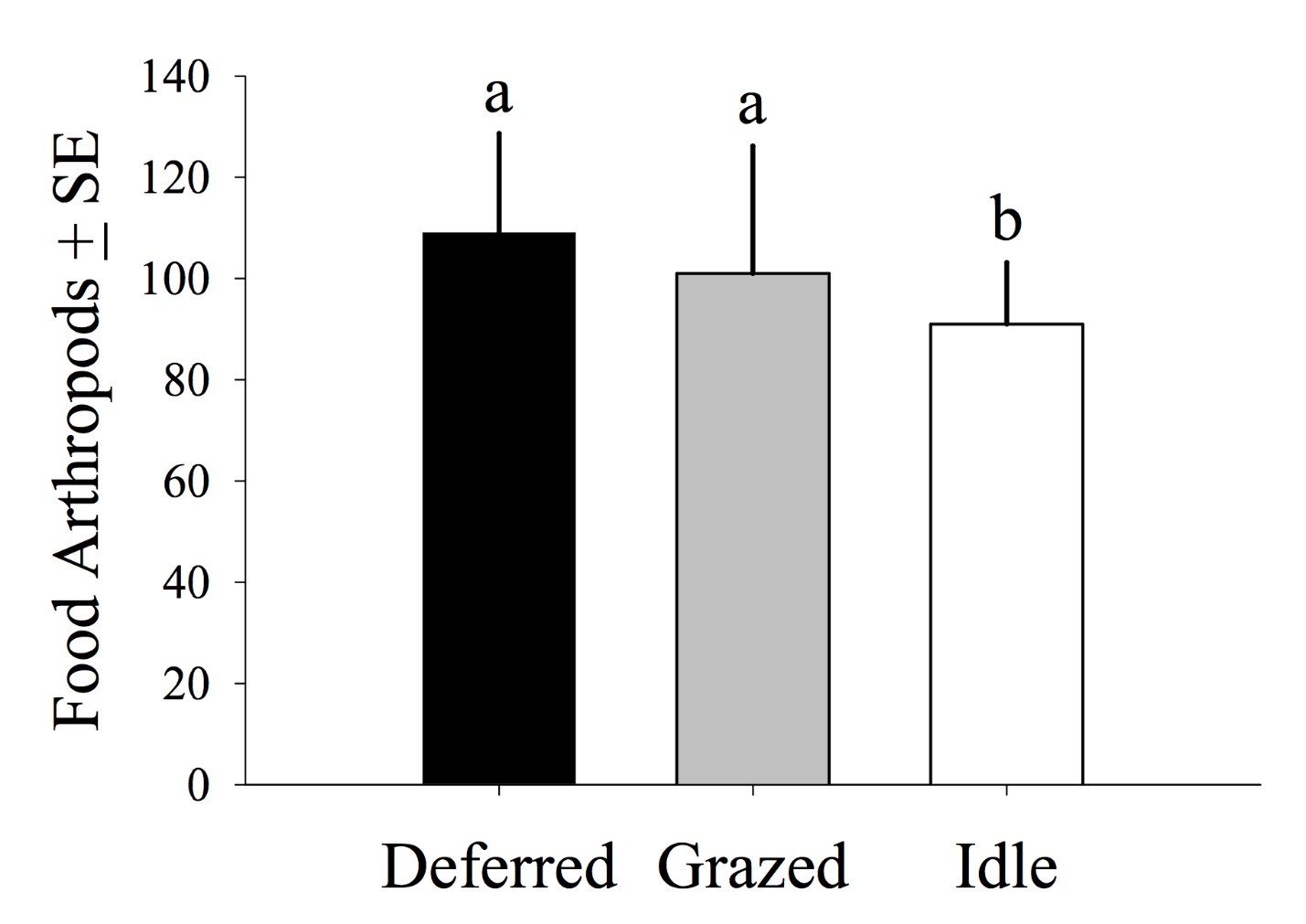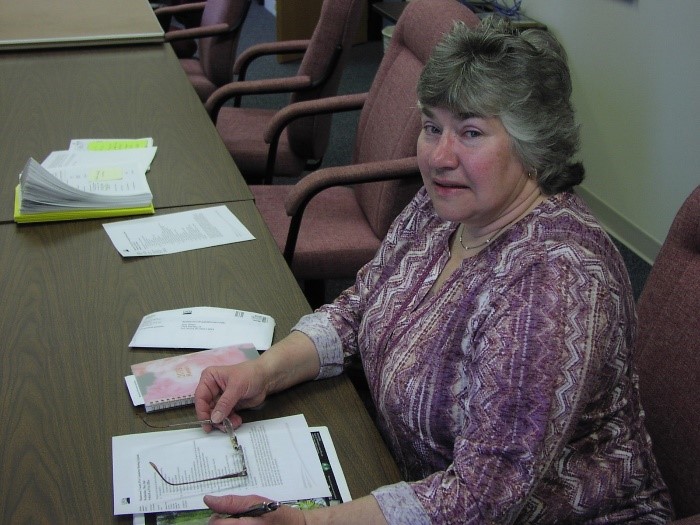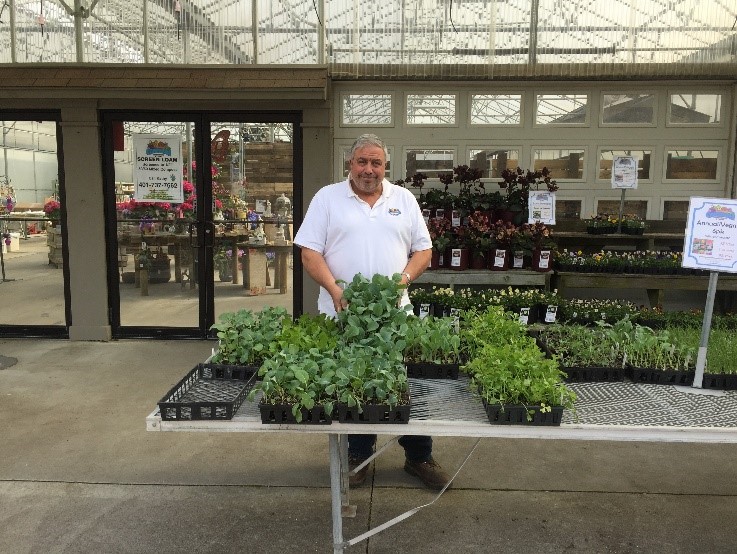Students win more than $25,000 while advocating for farmers and ranchers
November 29, 2018 – Six college students and three collegiate clubs from Oklahoma State University, University of Georgia, Mississippi College, Western Illinois University and Northwest Missouri State University are taking home scholarships for the holidays for being exceptional advocates for agriculture. The Animal Agriculture Alliance’s College Aggies Online (CAO) scholarship competition awarded more than $25,000 to students and clubs this year. To learn more about CAO, visit http://collegeaggies.animalagalliance.org.
The graduate winners are:
- First place, $2,500 scholarship: Valerie Novak, Oklahoma State University
- Second place, $1,000 scholarship: Alex Lowery, Mississippi College
- Third place, $500 scholarship: Kayla Alward, University of Georgia
The undergraduate winners are:
- First place, $2,500 scholarship: Blythe Dunlap, Northwest Missouri State University
- Second place, $1,000 scholarship: Ashlynn Lingle, Northwest Missouri State University
- Third place, $500 scholarship: Jenna Meservey, Northwest Missouri State University
The collegiate club winners are:
- First place, $2,500 scholarship: WIU Ag Club, Western Illinois University
- Second place, $1,000 scholarship: Agriculture Advocacy Class, Northwest Missouri State University
- Third place, $500 scholarship: Les Voyageurs, Louisiana State University
The first and second place winners receive an all-expenses-paid trip to the Alliance’s 2019 Stakeholders Summit, set for May 8-9 in Kansas City, Missouri. The Alliance also named Helena McNamee of Northwest Missouri State University the “Social Media Rock Star” for entering the best social media post of the competition. Throughout the competition, students earned mini scholarships for having the best social media posts, videos, blog posts and infographics.
In addition to the scholarship winners, 12 students earned the CAO Excellence Award for outshining their peers in the competition:
- Carrie Baker, Texas A&M University
- Hailee Beemer, Northwest Missouri State University
- Wesley Davis, Northwest Missouri State University
- Skylar Fulte, Northwest Missouri State University
- Makaela Gabriel, Northwest Missouri State University
- Rhianna Grisdale, Northwest Missouri State University
- Gracie Hunziker, Northwest Missouri State University
- Helena McNamee, Northwest Missouri State University
- Aubry Schwarte, Northwest Missouri State University
- Loran Sneller, Northwest Missouri State University
- Jon Edgar Waller, Tennessee Technological University
- Savanna Williams, Northwest Missouri State University
Thank You College Aggies Online Sponsors!
CAO would not be possible without the generous support of our sponsors. 2018 sponsors include: Dairy Management Inc., CHS Foundation, Seaboard Foundation, National Pork Industry Foundation, Cooper Family Foundation, Diamond V, Bayer, National Corn Growers Association, National Pork Board, Alltech, Vivayic, Ohio Poultry Association, Domino’s Pizza Inc., Culver's Franchising System, LLC, National Chicken Council and Pennsylvania Beef Council.
About the Alliance:
The Animal Agriculture Alliance is an industry-united, nonprofit organization that helps bridge the communication gap between farm and fork. We connect key food industry stakeholders to arm them with responses to emerging issues. We engage food chain influencers and promote consumer choice by helping them better understand modern animal agriculture. We protect by exposing those who threaten our nation’s food security with damaging misinformation. Find the Alliance on Facebook, Twitter, and Instagram.
The Animal Agriculture Alliance is an industry-united, nonprofit organization that helps bridge the communication gap between farm and fork. We connect key food industry stakeholders to arm them with responses to emerging issues. We engage food chain influencers and promote consumer choice by helping them better understand modern animal agriculture. We protect by exposing those who threaten our nation’s food security with damaging misinformation. Find the Alliance on Facebook, Twitter, and Instagram.
